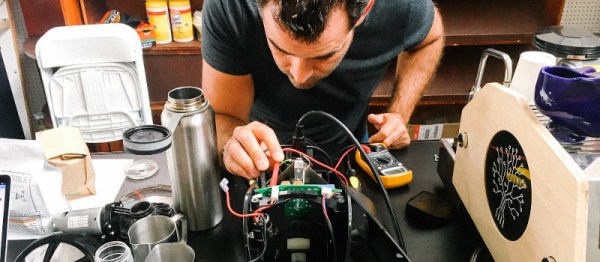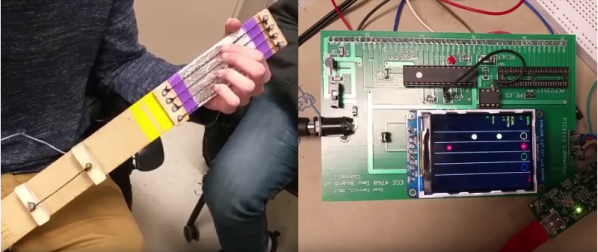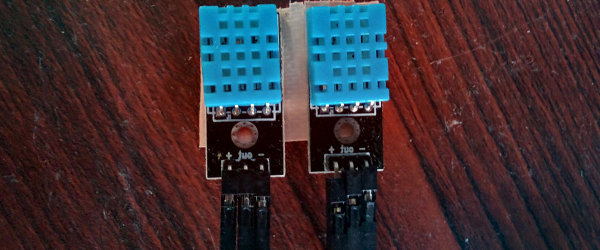There’s a great deal of research happening around the topic of autonomous vehicles of all creeds and colours. [Ryan] decided this was an interesting field, and took on an autonomous drone as his final project at Cornell University.
The main idea was to create a drone that could autonomously follow a target which provided GPS data for the drone to follow. [Ryan] planned to implement this by having a smartphone provide GPS coordinates to the drone over WiFi, allowing the drone to track the user.
As this was a university project, he had to take a very carefully considered approach to the build. Given likely constraints on both money and time, he identified that the crux of the project was to develop the autonomous part of the drone, not the drone itself. Thus, off-the-shelf parts were selected to swiftly put together a drone platform that would serve as a test bed for his autonomous brain.
The write up is in-depth and shares all the gritty details of getting the various subsystems of the drone talking together. He also shares issues that were faced with altitude control – without any sensors to determine altitude, it wasn’t possible to keep the drone at a level height. This unfortunately complicated things and meant that he didn’t get to complete the drone’s following algorithm. Such roadblocks are highly common in time-limited university projects, though their educational value cannot be overstated. Overall, while the project may not have met its final goals, it was obviously an excellent learning experience, and one which has taught him plenty about working with drones and the related electronics.
For another take on autonomous flight, check out this high-speed AI racing drone.


















